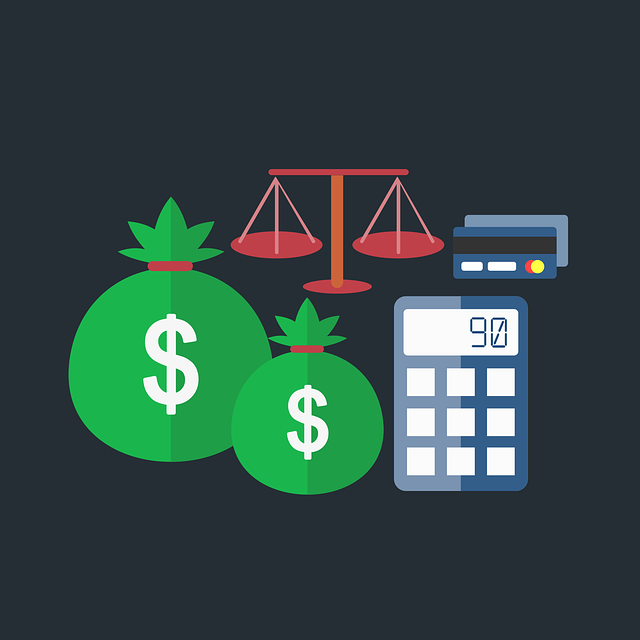Debt management is crucial for business growth and stability. By keeping debt levels under control and focusing on improving cash flow through strategies like accelerating customer payments, streamlining processes, and negotiating supplier terms, companies can maintain liquidity and avoid diverting resources towards debt repayment. This optimizes cash flow, enhances financial health, reduces risk, attracts investors, and facilitates access to capital for expansion. Regular financial reviews and proactive measures ensure a steady financial landscape, making businesses more resilient and attractive to funding sources.
In today’s financial landscape, keeping your balance sheet debt-free is a strategic move that can significantly impact your company’s health. This article explores the profound effects of debt on balance sheets and offers practical insights into how businesses can avoid accumulating new debt. We delve into strategies to enhance cash flow, a vital aspect for maintaining financial stability. By understanding these principles, folks can foster a robust and resilient business model, ensuring a prosperous future without the burden of additional debt.
- Understanding the Impact of Debt on Balance Sheets
- Strategies to Avoid Adding New Debt
- The Benefits of Maintaining a Debt-Free Balance Sheet
- Enhancing Cash Flow: Key Steps and Tips
Understanding the Impact of Debt on Balance Sheets

Debt, when added to a balance sheet, can significantly impact a company’s financial health and stability. It represents a form of financing where a business borrows funds from lenders or investors with the promise of repayment, often with interest, over a set period. While debt can provide necessary capital for growth and expansion, it also introduces risk. The primary concern is its effect on cash flow—a crucial metric indicating a company’s ability to manage its finances effectively.
High levels of debt can strain cash flow, as companies are required to allocate significant resources towards debt service, including principal repayments and interest expenses. This leaves less capital for operational needs, investments, or unexpected events. Therefore, maintaining a balanced approach is vital. By keeping debt levels manageable and ensuring adequate liquidity, businesses can protect their financial flexibility and improve overall cash flow performance, which is essential for long-term sustainability and growth.
Strategies to Avoid Adding New Debt

To avoid adding new debt and keep the balance sheet in check, businesses can employ several effective strategies. One key approach is to focus on improving cash flow. This involves enhancing receivables by accelerating payment terms from customers and implementing strict collection procedures. By ensuring timely payments, companies can reduce the need for short-term loans or credit lines to maintain operations.
Additionally, businesses should strive for operational efficiency to boost profitability. Streamlining processes, negotiating better terms with suppliers, and controlling inventory levels are effective ways to free up cash. These measures not only prevent new debt accumulation but also improve overall financial health by enhancing liquidity and reducing reliance on external financing sources.
The Benefits of Maintaining a Debt-Free Balance Sheet

Maintaining a debt-free balance sheet offers numerous advantages for businesses and individuals alike. One of the key benefits is the significant improvement in cash flow. Without any outstanding debts, there’s no need to allocate resources towards interest payments or repayment schedules, allowing for greater flexibility in managing working capital. This enables businesses to invest more in growth opportunities, such as expanding operations, enhancing technology, or entering new markets, without the burden of existing debt.
Additionally, a debt-free balance sheet enhances financial stability and reduces risk. It provides a buffer against unexpected cash flow shortages or economic downturns, as there are no external obligations that could lead to liquidity issues. This stability can attract investors and lenders, as it demonstrates responsible financial management and a commitment to long-term sustainability, further facilitating access to capital for future ventures.
Enhancing Cash Flow: Key Steps and Tips

Enhancing cash flow is a critical aspect for any business aiming to maintain stability and growth. Key steps involve implementing robust budgeting practices, ensuring timely invoicing and collections, and optimizing inventory management. By streamlining these areas, businesses can reduce expenses and improve cash conversion cycles.
Tips such as negotiating better payment terms with suppliers, automating billing processes, and offering incentives for early payments can significantly boost cash flow. Additionally, regularly reviewing and forecasting financial statements help in identifying potential cash shortages or excesses, enabling proactive measures to manage liquidity effectively.






